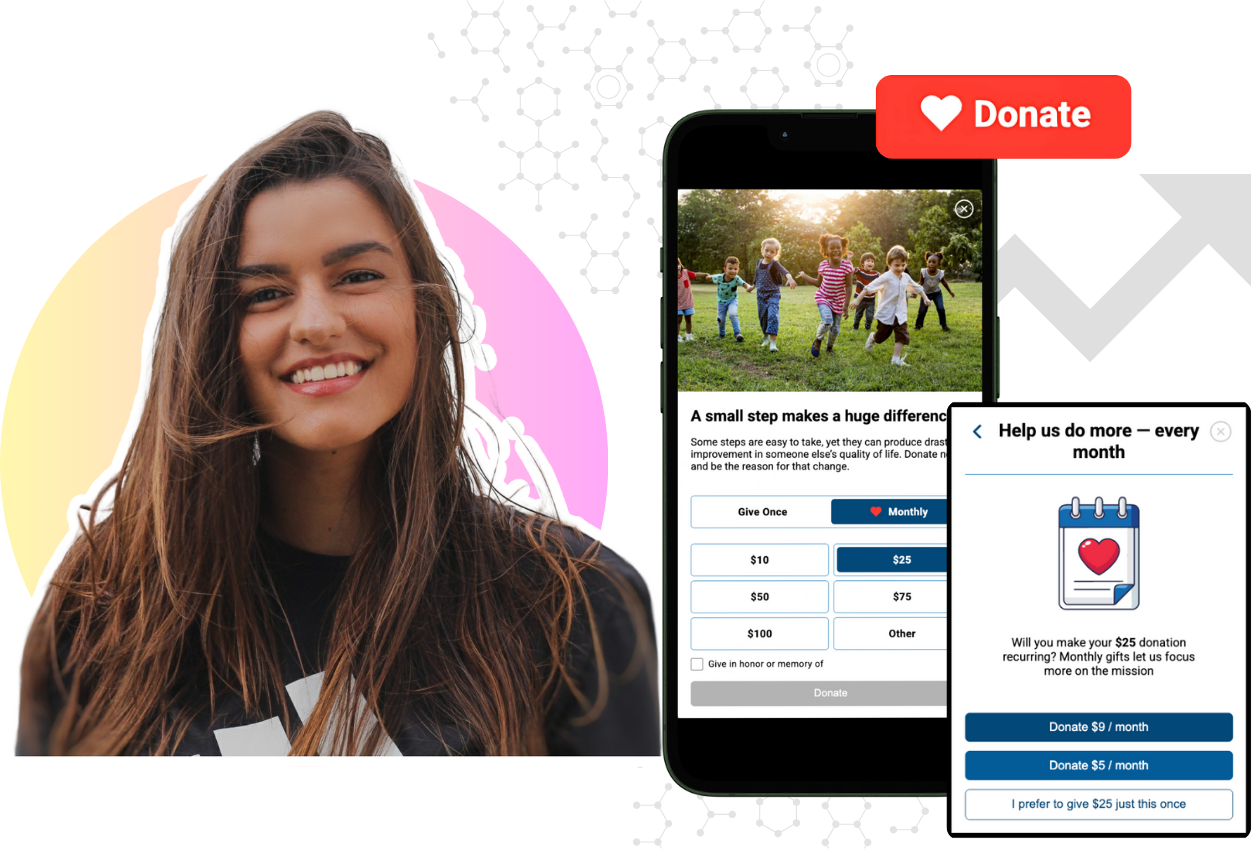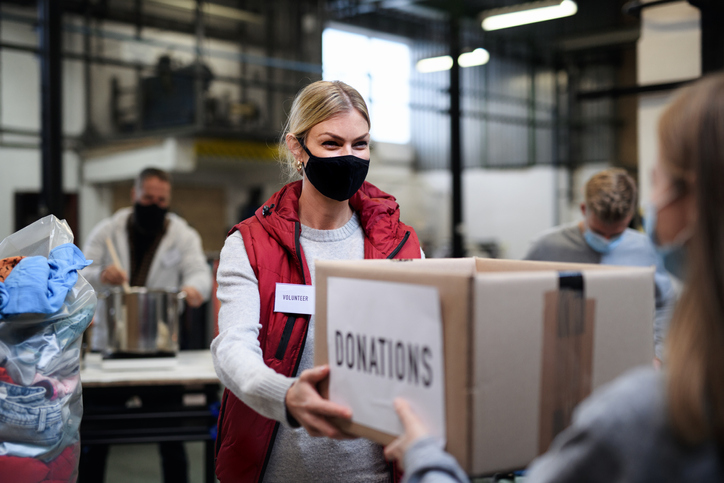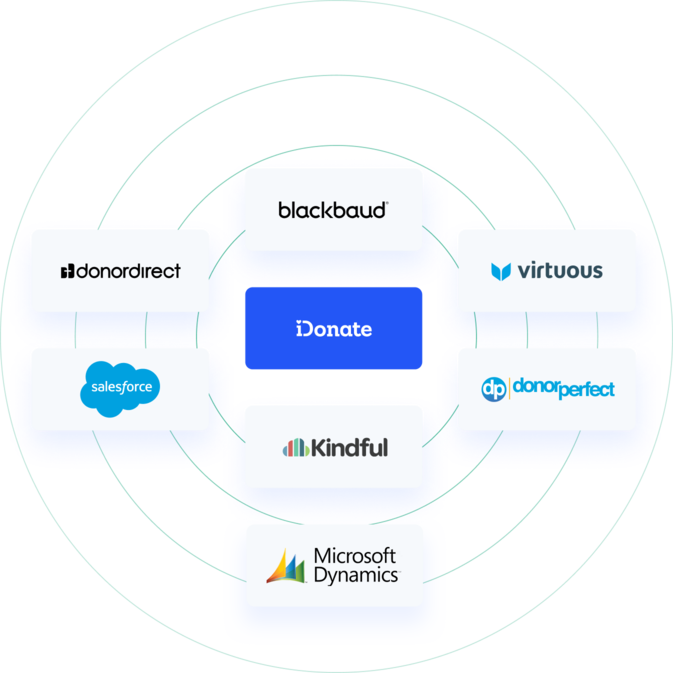How Can You Create the Perfect Noncash Appeal for Giving Tuesday?
Most nonprofits shy away from asking donors to give a second gift just weeks after their first donation. They fear their current donors will get...

Mobile-First Pop-Up Donation Form
Launch mobile-first pop-up forms in minutes, use built-in tools to capture more donations, and optimize the giving experience—no dev team required.
New to online donation pages for your nonprofit? Start here.
Donation page A/B testing - no science degree needed.
Keep your donation page loading fast - and drive higher conversions.

The 4 Types of Online Donation Experiences
89% of donors leave without giving. Learn how to use the right donation form to close the gap and boost conversions.

If you haven’t dipped your organization’s toes into the noncash waters, or if you’re already promoting noncash donations but you’re bone dry when it comes to new ideas for growing that channel, then now is the time to wade on in.
Want to know why it’s worth opening a new giving channel? People have 90% of their wealth in their stuff. Cars, designer purses, electronics – this is stuff that people don’t use anymore, but still hold some monetary value. Nonphysical items like stocks and cryptocurrency tend to slip the mind of donors, but those too are considered noncash and can also be donated.
Organizations that are equipped to take advantage of this fact get a share of the billion-dollar pie in noncash items that are donated every year. When you partner with a trusted, experienced liquidator, you create an additional revenue stream with zero additional work.
Considering the good news below, this is truly a win-win situation.
Here’s the beautiful part – you don’t have to get equipped because we already are!
The inherent learning curve, risk, and heavy administrative burden of managing all that stuff make it prohibitive to many organizations to accept and liquidate noncash donations. So, iDonate does all the work for you.
There is no need to:
Because the donation is handled through your online iDonate giving form, the entire process is facilitated by an iDonate representative. You don’t have to be involved in any part except cashing the check once the item is sold.
There are no guarantees on the amount of revenue you can expect, of course, but we’ve seen some amazing donations, including:
It’s easy for them, too.
Just as with cash, donors gain tax deductions for their donations. All they have to do is fill out Form 8283. But with noncash they can enjoy helping their favorite causes even if they are cash-strapped and dispose of items they no longer need without having to manage all those tasks we mentioned above. iDonate takes care of all the details.
Most people will not assume your organization accepts noncash items. We’ve found that many organizations don’t adequately publicize their ability to accept noncash gifts. Whether you’re already accepting noncash gifts or just looking to get started, here are a few things to consider:
For decades now, advances in technology have made it easier and easier for businesses to match supply with demand. Isn’t it about time nonprofits started doing the same for their donors?

Most nonprofits shy away from asking donors to give a second gift just weeks after their first donation. They fear their current donors will get...

We all know the importance (and difficulty) of connecting with younger donors, but there might be some very simple things your organization can do to...

Donor management systems are important. They’re designed to keep your list of donors and your organization’s financial records all in one place. The...